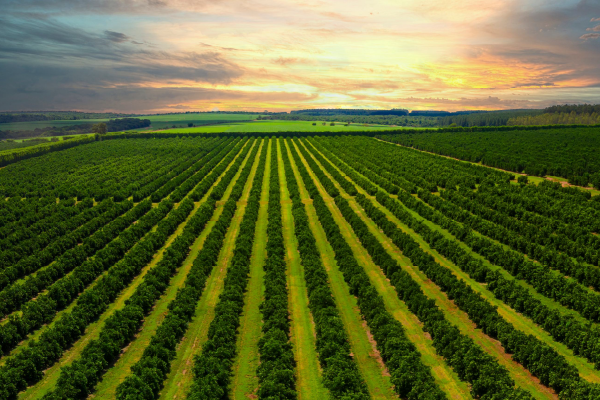The citrus industry is leveraging Big Data and Predictive Analytics to improve production, reduce waste, and enhance sustainability. By analyzing large volumes of data, these technologies offer precise insights that help optimize every stage of the supply chain.
This evolution drives higher efficiency and aligns with global sustainability goals, enabling a smarter, data-driven approach to agricultural practices.
Enhanced decision-making through predictive analytics
Big Data empowers producers to anticipate key variables in the citrus supply chain, from planting to distribution. Predictive models help optimize crop productivity, manage resources effectively, and respond to external challenges with agility.
- Crop forecasting: Predict yields based on real-time weather and soil conditions.
- Resource efficiency: Minimize water usage and optimize energy consumption.
- Market alignment: Adjust production to meet shifting consumer preferences.
This data-driven approach fosters smarter decision-making and supports a more resilient supply chain.
Reducing waste and enhancing quality
Big Data analytics enables better management of harvest timing and logistics, reducing spoilage and ensuring high-quality produce reaches the market.
- Harvest optimization: Identify the best time to harvest for peak quality.
- Supply-demand balance: Reduce surplus by aligning production with market needs.
- Sustainability gains: Minimize waste at every stage of the supply chain.
These improvements contribute to both environmental and economic sustainability.
Meeting market demands with precision
By analyzing trends and consumer behavior, Big Data helps anticipate shifts in demand, enabling citrus producers to stay ahead in a competitive market.
- Consumer insights: Tailor production to meet evolving preferences.
- Flexible adaptation: Adjust operations to market fluctuations in real time.
- Long-term growth: Strengthen the industry’s ability to innovate and compete.
The global agricultural predictive analytics market is valued at $2.5 billion and is projected to grow significantly, driven by technologies like IoT, AI, and machine learning. North America leads adoption, while the Asia-Pacific region is expected to experience the fastest growth due to agricultural modernization.
Sources: Grand View Search GlobeNewswire


